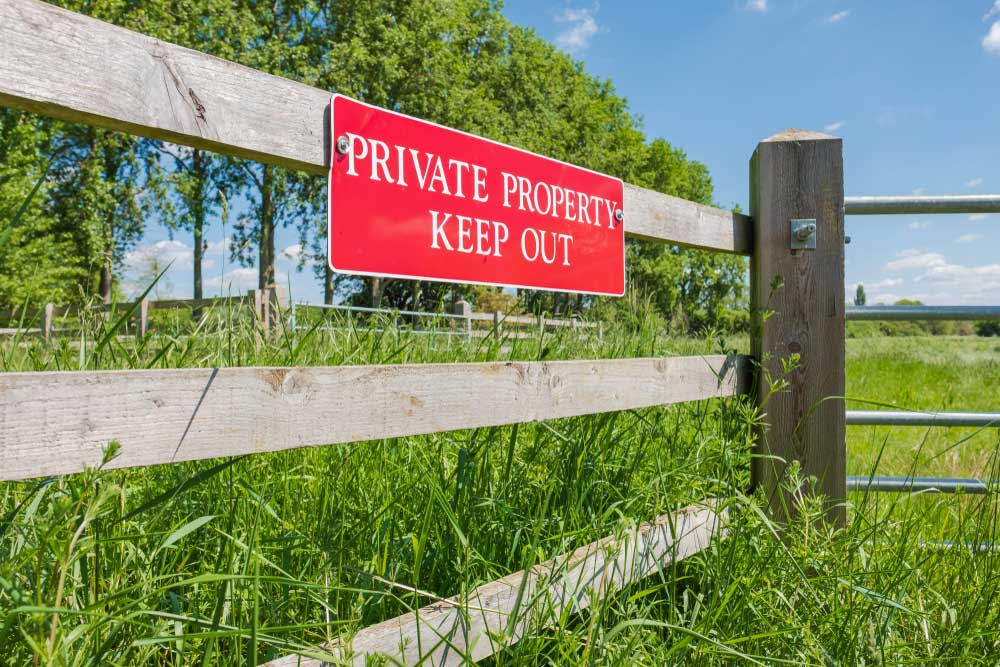Public Footpath "dos and don’ts" for landowners

For many of us, going out for a walk can be the highlight of our day. As more people explore their local area, public footpaths over private land that were once frequented by the occasional dog walker, have become popular routes.
Here we explore the "dos and don'ts" for private landowners whose land is subject to public rights of way.
What landowners can do with public footpaths
Do ensure paths are safe
While it is the responsibility of the local authority to maintain the surface of public footpaths, it is the duty of the landowner to ensure they are safe for use. Landowners should clear paths of overgrown vegetation or fallen trees (including those from neighbouring property), and promptly repair broken stiles, gates and fences.
Do make sure paths are clearly visible
It may be necessary for a farmer to plough over a footpath, making a field impassable. This is lawful provided the land is being used for agricultural purpose and the footpath is reinstated within 14 days of first drilling. The public has the right to walk over crops if the path is unclear and therefore signs should be erected to prevent trespass and damage to crops.
Do divert paths temporarily
Rights of way over private land should not generally be diverted without the consent of the local authority. However, landowners may temporarily offer a diversion, but only if it is safe to do so. They should ensure that the diversion is clearly marked and unobstructed.
Further, if possible, the original footpath should be kept clear and the public should not be prevented from using it. If in doubt, landowners should contact their local authority to make them aware of the temporary diversion.
What landowners can't do with public footpaths
Don’t block paths
Under the Highways Act 1980, it is a criminal offence for private landowners to block or obstruct public rights of way without lawful excuse. Common obstructions include crops, fences, deposits of materials (e.g. silage bales), locked gates and parked vehicles.
Locking a gate to deter public use was the subject of the 2010 court case, Herrick & Anor v Kidner & Anor where it was determined that even an unlocked but closed gate can be ‘a psychological barrier to the public’ if it is not clearly identifiable as part of the public highway.
Don’t use false signage
Another method often used to deter the public is the use of false signs such as ‘Bull in Field’ to give the impression of danger. This is an offence under the National Parks and Access to the Countryside Act 1949 and may lead to prosecution.
Further, guidance should be sought before allowing bulls in fields subject to public rights of way as there are various legislative restrictions in place to prevent injury to animals and members of the public.
For more help and assistance please call Kathryn Boyd on 0191 211 7720 or email [email protected].
This page was last updated on 6th October 2022.
